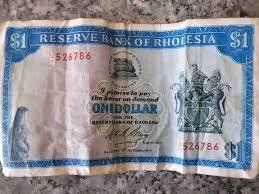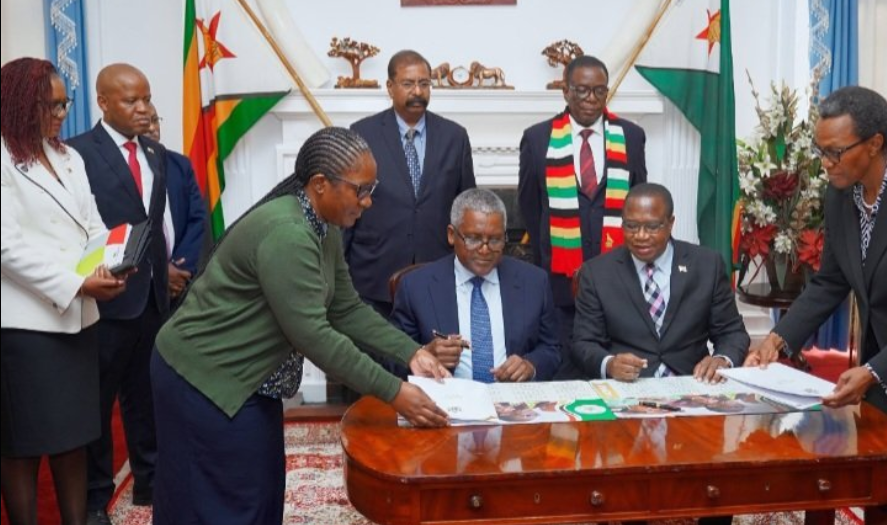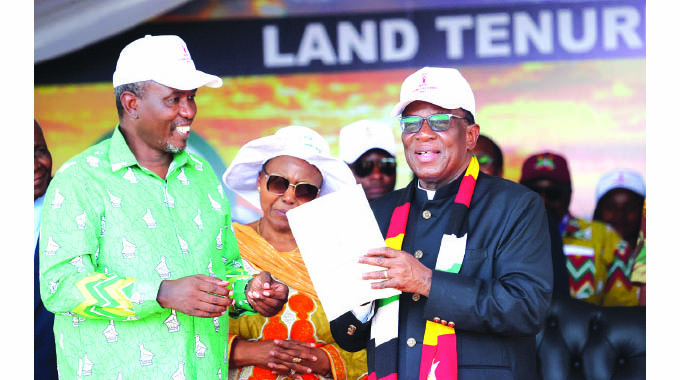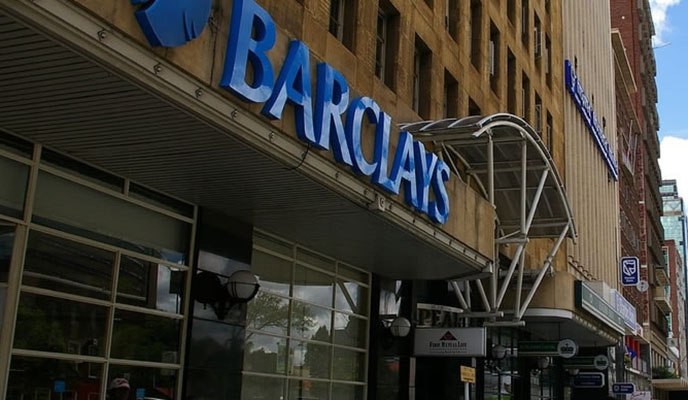Barclays Chief Executive (CE) George Guvamatanga started his presentation last Thursday by emphasising that the bank considers itself a local bank. He drew parallels with foreigners who live in a country and after 5 years or so are automatically considered permanent residents, saying after 100 years in Zimbabwe Barclays is now a local bank. Humorous as it was, the CE's statement only highlights the fact that the threat of indigenisation is still alive for foreign owned banks and to a great extent influences the way they operate.
Barclays' results themselves had no major surprises. After all, at last year's briefing they clearly stated that their lending was deliberately conservative. Lending to corporates is greatly skewed towards big ticket lending to large companies. They have one loan on their books for $18 million! Personal lending is limited and will remain so until there a proper credit bureau in the country.
As it stands, out of their loan book of $91.7 million, only $14 million or 15% relates to consumer loans. Although the loan book grew by a massive 57%, it was coming off a very low base. Even with that growth loan to deposit ratio stands at just 41%, way below the industry average.
Guvamatanga said there is scope to increase their lending but the target loan to deposit ratio is about 50%. He said market conditions dictate that a high level of liquidity be maintained, particularly in an election year. Election years, he said tend to be years of liquidity problems as inflows of money usually drop.
Net interest income grew by 14% to $7.6 million. Non-funded income grew by 16% to $30 million and makes up 76% of total income.
The CE defended the bank's reliance on non-funded income, saying it does not necessarily reflect that their transaction charges are exorbitant, but that they handle large volumes of transactions. He further pointed out that some customers have other banks as their main banks but still come back to Barclays to do their settlements.
The effect of the MOU between the banks and the RBZ would reduce their non-funded income by 7%. He however pointed out that high competition and the advent of technology based banking products meant that transaction fees were bound to come down in the next two years anyway.
Speaking of technology, he said Barclays will soon launch a mobile banking product whose functionality matches that offered by mobile networks.
Operating costs declined by 9% to $34 million as a direct benefit of the staff rationalisation which was completed last year. There is also a strategy to reduce occupancy costs where possible.
Profit for the year increased by 51% to US$2.1 million.
Well, ‘Georgy' is becoming the master at saying absolutely nothing at presentations. The presentation was also full of nothingness ... with anything that was remotely controversial having been edited out by the mabhunu bosses in Joburg. Obviously it looks like decisions are now being made from down south and our good friend is just a ceremonial CE.
Barclays' conservative lending strategy was again expounded by the George. Of course Barclays can afford to take this stance, seeing as their cost of funds is way less than what the indigenous banks can get for example. Although the CE skirted around the issue, indigenisation seem to be a big worry for them. Analysts have long argued that indigenising banks does not make sense as depositors go there for the comfort of having their money in an international bank anyway. If they become another indigenous bank the depositor will just leave.
There is value in having an international brand and a big brother to cushion you (as was demonstrated by the money provided last year for retrenchments). The fate of Barclays and other international banks now rests with what will happen after elections.
Barclays seems to be totally redefining the practice of banking from providing financial intermediation to what we can call "toll gate banking".
It is quite interesting that the bank share of fee income totalling $30 million versus $7 million in interest income says the bank indeed for the time being remains a non-lending bank. Traditionally, banks target a balanced ratio of 1:1 between funded and non-funded income, but Barclays non funded income is 4 times its interest income.
Granted the bank is conservative in its lending drive despite the 57% growth in loans and advances in the current period. This growth was on a low base. Credit quality however remains strong with impairment losses at about 0.6% of the loan book.
The bank's results demonstrate that it is fairly possible to sustain a bank on fees ($9 million on ledger fees, $8 million on cash withdrawal fees and other fees and commission bringing in another $8 million). The bank is not very active in corporate finance and advisory services so other fees and commissions represent mostly trade finance charges and other non-cash transaction charges as well as arrangement fees on facilities. In addition $1.45 million came as a direct subsidy from the parent company to compensate BBZ for loss of income in its custody business after approvals for the business were not granted.
- finx
 Zimbabwe launches new airline
Zimbabwe launches new airline  Hichilema meets Chivayo
Hichilema meets Chivayo  Millions celebrate Diwali festival in India
Millions celebrate Diwali festival in India  SA bitcoin firm mulls Zimbabwe listing
SA bitcoin firm mulls Zimbabwe listing  Gold edges up as traders await guidance
Gold edges up as traders await guidance  Airlink applies for Lanseria to Harare, Bulawayo route
Airlink applies for Lanseria to Harare, Bulawayo route  Young Investment Professional (YIP) Graduate Programme 2019
Young Investment Professional (YIP) Graduate Programme 2019 











 Young Investment Professional (YIP) Graduate Programme 2019
Young Investment Professional (YIP) Graduate Programme 2019
Editor's Pick